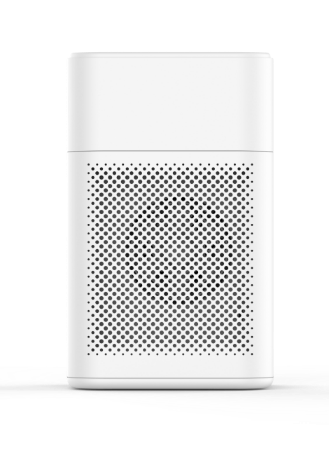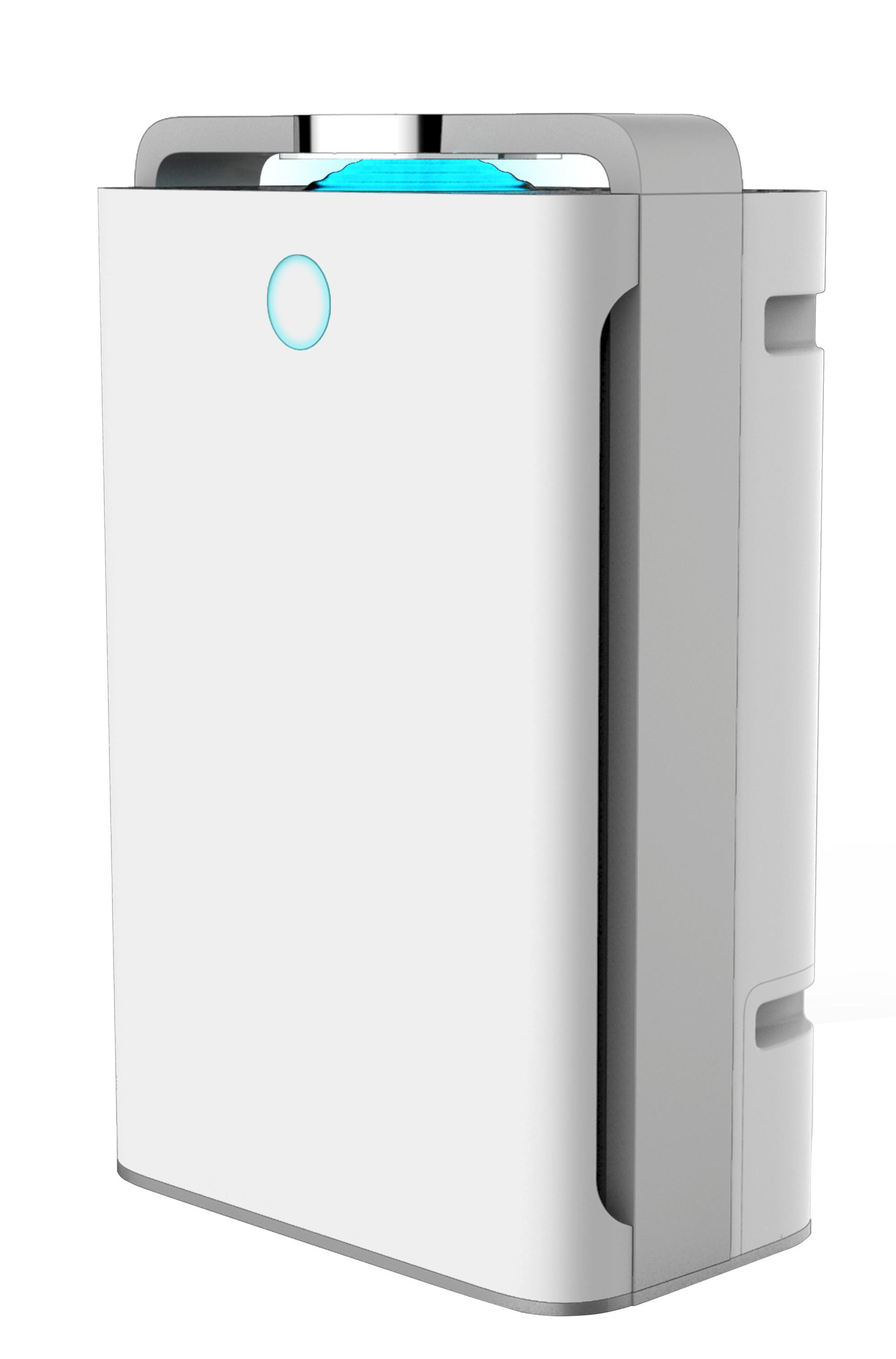The background of air purifiers
Air purifiers, also known as “air cleaners”, air cleaners, and purifiers, refer to decoration pollution that can absorb, decompose or transform various air pollutants (generally including PM2.5, dust, pollen, peculiar smell, formaldehyde, etc.) , Bacteria, allergens, etc.), home appliances that effectively improve air cleanliness, are mainly divided into household, commercial, industrial, and building.
There are many different technologies and media in air purifiers, which enable it to provide users with clean and safe air. Commonly used air purification technologies include: adsorption technology, negative (positive) ion technology, catalytic technology, photocatalyst technology, superstructure light mineralization technology, HEPA high-efficiency filtration technology, electrostatic dust collection technology, etc.; material technologies mainly include: photocatalyst, activated carbon, Extreme carbon core filter technology, synthetic fiber, HEAP high-efficiency material, negative ion generator, etc. Most of the existing air purifiers are of composite type, that is, multiple purification technologies and material media are used at the same time.
According to a WHO research report, among the 4.3 million deaths caused by air pollution in the kitchen in 2012, 34% suffered from stroke, 22% for chronic obstructive pulmonary disease and 26% for ischemic heart disease. Approximately 6% of deaths from lung cancer.
In a research project on disease risk assessment in the famous British medical journal “The Lancet”, kitchen air pollution (smoke) has been listed as the biggest health hazard after high blood pressure, smoking and alcohol abuse. Every year, the number of deaths caused by continuous inhalation of smoke from kitchen fires is more than the total number of deaths caused by malaria, tuberculosis and AIDS.
The study on Chinese farmers in the Journal of the National Cancer Society in the United States also confirmed the impact of kitchen air pollution on human health. Chinese and American scientists participating in the study surveyed more than 20,000 farmers in Yunnan Province and found that farmers who have no ventilation on their stoves are about twice as likely to develop lung cancer as those who have added chimneys or ventilation equipment at home. Researchers say that using a stove without ventilation is similar to smoking in terms of causing lung cancer.
Therefore, owning an air purifier provides more protection for the health of yourself and your family. Air purifiers are not gimmicks, they are real and useful. In order to protect the health of you and your family, how to choose the air purifiers?OLANSI recommends the following models for you
A1

K08


